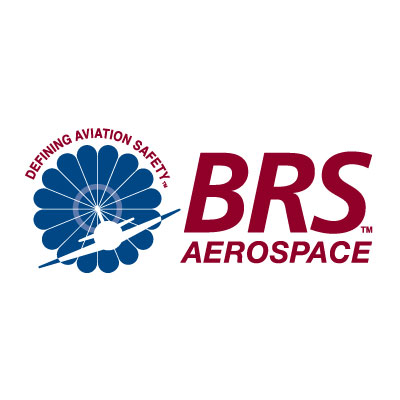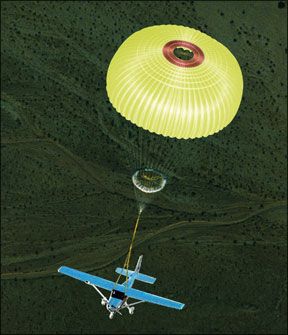Ilango
Member
Should a pilot be incapacitated, the emergency autoland can be automatically or manually engaged – by either passengers or pilot. So, instead of the aircraft flying uncontrolled or along a path already programmed into the FMS until the fuel runs out, the system will decide on the most suitable airfield for landing. It will then automatically navigate to that airfield while avoiding known terrain and weather hazards. The system will then set up the aircraft for landing, touchdown and bring the aircraft to a full stop.
Currently, with respect to uncontrolled aircraft – unless there are passengers with knowledge on how to operate the aircraft’s radio, Air Traffic Control (ATC) may not be aware of the serious situation in progress. With emergency autoland activated, the system transmits its intentions to ATC allowing controllers to know the system’s intention and to take actions accordingly. It is important to understand that it is also possible for anyone on board the aircraft to continue to communicate with ATC, provided they have a headset. This ability further mitigates the risks associated with this type of emergency operation.
Within 15 seconds of being activated, the system will provide information inside the aircraft via the three large screens and smaller touchscreens. This information will also be available audibly via headsets and cockpit audio. This may be a good reason for headsets to be available for passengers. There will be pictures and possibly a series of videos played during different parts of the flight to assist in keeping everyone calm and informed.
The emergency autoland system takes the aircraft all the way through approach and landing to the final stop on the runway. Throughout the final approach, the system adjusts the throttle and flight controls. Then, immediately prior to touchdown, it flares the aircraft for a landing before the brakes are applied and the aircraft is brought to a full stop. Knowing that such an emergency system is there to protect your loved ones or most important assets provides peace of mind.
Volledig artikel: https://www.easa.europa.eu/communit...system takes,the throttle and flight controls.
Currently, with respect to uncontrolled aircraft – unless there are passengers with knowledge on how to operate the aircraft’s radio, Air Traffic Control (ATC) may not be aware of the serious situation in progress. With emergency autoland activated, the system transmits its intentions to ATC allowing controllers to know the system’s intention and to take actions accordingly. It is important to understand that it is also possible for anyone on board the aircraft to continue to communicate with ATC, provided they have a headset. This ability further mitigates the risks associated with this type of emergency operation.
Within 15 seconds of being activated, the system will provide information inside the aircraft via the three large screens and smaller touchscreens. This information will also be available audibly via headsets and cockpit audio. This may be a good reason for headsets to be available for passengers. There will be pictures and possibly a series of videos played during different parts of the flight to assist in keeping everyone calm and informed.
The emergency autoland system takes the aircraft all the way through approach and landing to the final stop on the runway. Throughout the final approach, the system adjusts the throttle and flight controls. Then, immediately prior to touchdown, it flares the aircraft for a landing before the brakes are applied and the aircraft is brought to a full stop. Knowing that such an emergency system is there to protect your loved ones or most important assets provides peace of mind.
Volledig artikel: https://www.easa.europa.eu/communit...system takes,the throttle and flight controls.


